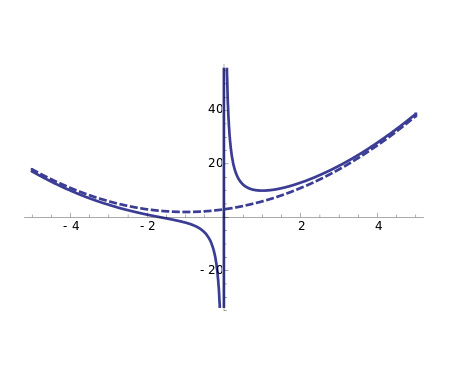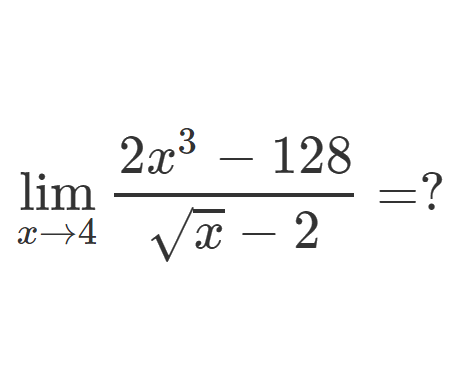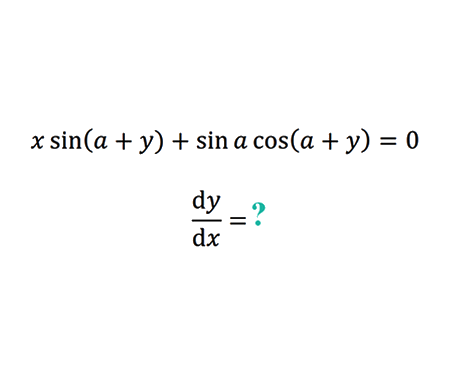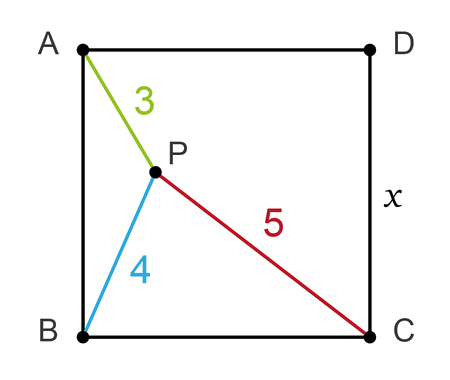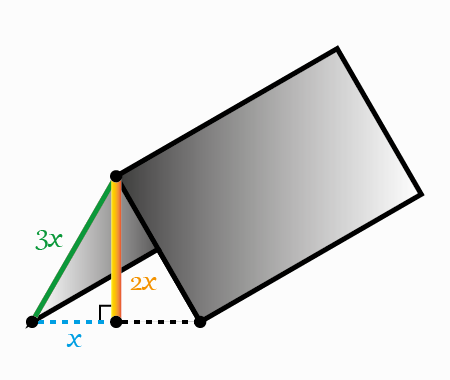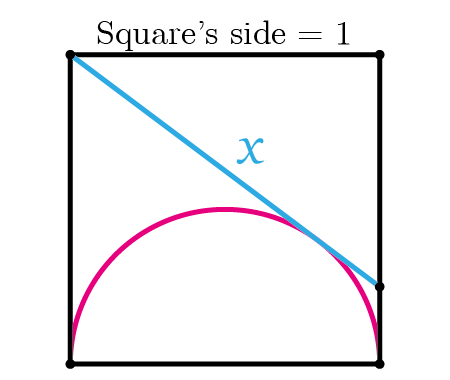
Solution
In this problem, we aim to find the general term (also called the nth term) of a sequence.
By analyzing the pattern of its first terms, we will identify whether it is an arithmetic sequence, a polynomial sequence, or another type — and derive a formula that gives \(a_n\) in terms of \(n\).
This method provides a powerful way to predict any term in the sequence without listing them all.
By identifying the pattern — whether through differences, ratio, or other behaviors — we derived a clean expression for the sequence’s general term \(a_n\).
This formula enables us to compute any term directly, without needing all prior terms.
Understanding how to find the nth term is fundamental in many areas of mathematics, from algebra to series and beyond.
Explore more sequence problems in our Solved Exercises section.
Like & Share the solution on Facebook :
Every problem you tackle makes you smarter.
↓ Scroll down for more math problems↓
Share the solution: Find the general term of the sequence









